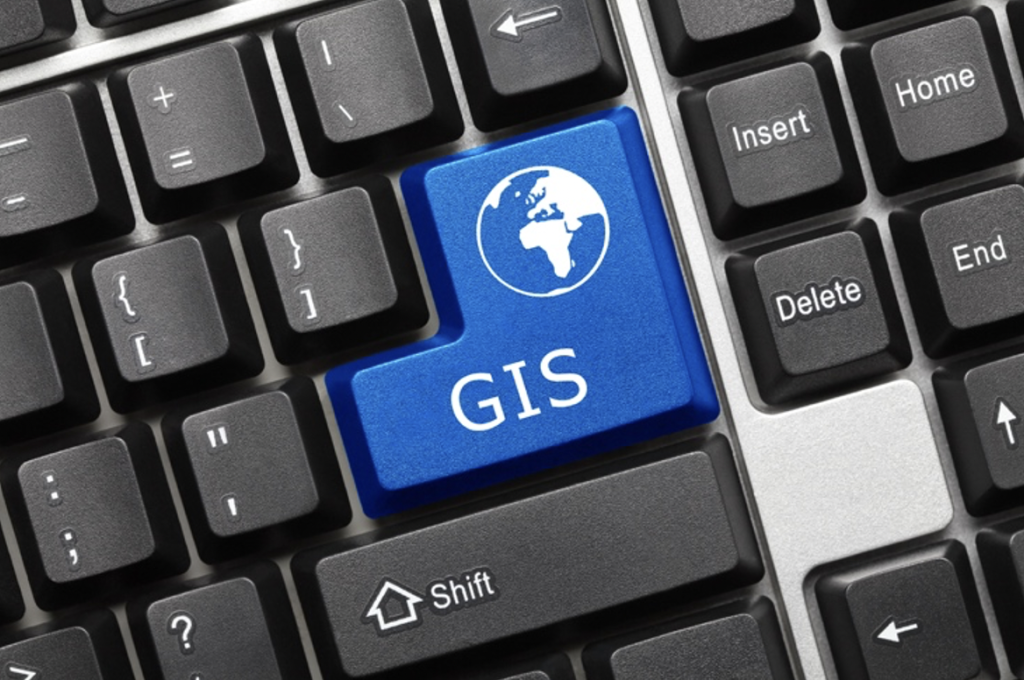
Unfortunately, the world can be a dangerous place that is filled with emergencies. Though we can’t always prevent emergencies from happening, we can ensure that we respond to them promptly and effectively. Thanks to technology, we’ve been able to make our response times even quicker and more effective. As a result, people in emergency situations can take comfort in the fact that help will be on the way to them as soon as possible. Sometimes it feels as though the world is becoming more dangerous; however, with the right technology on side, the world can become safer than it ever has been.
Online Charity Platforms
From Pakistan flood appeals to Afghanistan earthquake appeals, whenever there’s a global emergency, technology facilitates charities in responding almost instantly. This is because the majority of charities have online platforms whereby they can create emergency appeals for funding for emergency response measures. From these appeals, countries in need aren’t required to wait too long for the aid they need, and they can receive funding within a matter of days. This quick response times mean that fewer lives will be impacted in a negative capacity by emergencies. As a result, technology could be the lifesaver that those in emergency situations need.
Intelligent Streetlamps
Street lighting is regarded a relatively ordinary feature of everyday life; however, it can be incredibly effective when it comes to responding to emergency situations. This is because intelligent streetlamps are installed with environmental sensors that indicate various hazards, including lethal gas, high temperatures, strong winds, and rising water levels. In addition to these sensors, they can also have 180-degree cameras that provide a view of pedestrian traffic and developing situations. Moreover, they can be equipped with color-coded lights and speakers that convey essential information, including escape routes. From this professionals will also be able to respond correctly to specific situations.

Geographic Information Systems
When it comes to emergency response, geographic information systems are incredibly valuable. This is because the analytical mapping technology allows emergency responders to locate where hazards are situated, how many people have been impacted, and what course of action is required. In fact, geographic information systems can be applied across all four phases of emergency management. From this, public health leaders can build estimation data that will facilitate more efficiently targeted emergency preparedness and recovery strategies.
Automated Wildfire Protection Systems
In 2021, almost 60,000 wildfires burned over seven million acres of land throughout the USA, and these numbers have been consistent over the last decade. On top of this, the prevalent threat of climate change is only set to make these matters worse. It’s due to this that multiple technologies have been developed in the addressing of wildfires. Some solutions include the use of artificial intelligence to analyze weather satellite imagery to locate a fire’s origin before it grows out of control. Other solutions include predictive analytics that determine where an ignited fire may spread, which enables firefighters to contain it quickly and effectively. Finally, drones can be used to collect data so that humans aren’t put at risk, and they can also be employed to slow the progress of a fire’s growth.
Smartphone Access to 911
Cell phones are now commonplace, and that means that 911 can be contacted from absolutely anywhere. On top of this, the latest phones are required to grant 911 access even if the phone doesn’t contain a SIM card. Every child should be taught how to contact the emergency services via a cell phone, and should also be informed of the severity of calling 911 when it’s not needed.


